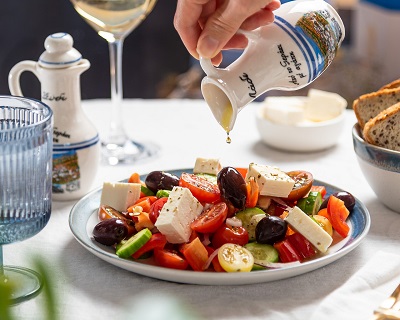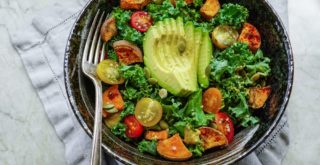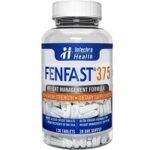The healthiest spring foods are already becoming available at local farmers markets and supermarkets. That said, we have a plethora of produce available to us from around the world at virtually any time of the year. Why should we focus on the fruits and veggies that are in season locally? What difference does it make when those same items are shipped to us from faraway countries at pretty much any time we want?
Eating Foods in Season
When you know the healthiest spring foods and make a concerted effort to choose those that are in season, you will lead a healthier and more sustainable lifestyle for both yourself and the planet. You’ll also make sure that you’re always enjoying fruits and vegetables when they are at their ripest, freshest, most abundant, and most nutritious.
Some of the healthiest spring foods are among the options that will help you to break out of the winter blahs and pump your body full of all of the best vitamins and minerals that it needs to function at its optimal level.
Your Body Knows the Difference
Give yourself the opportunity to look forward to the foods grown in the soil not too far from your home. Find out what is grown by local farms and when they come into season. This lets you enjoy your food at a whole new level. Yes, foods taste better and are more nutritious when you eat them as close to harvest as possible. However, there’s more to it than that.
For instance, when you choose the healthiest spring foods for your meals, you’re building a relationship with your food. You develop a new respect for what you’re eating. This relationship is a powerful one. Don’t underestimate what it does for your physical and mental health.
If this is new to you, visit your local farmers market. Buying the healthiest spring foods directly from the growers will help you to learn about where your meals come from. You’ll find that they are more than happy to share their favorite ways to prepare these fruits and veggies. Soon enough, you’ll discover whole new flavor profiles you never knew existed. In fact, you might find that some of your all-time favorite meals will also be some of the healthiest ones you can eat.
The more you do this, the more you’ll feel energized and enthusiastic about eating healthy, nutritious meals. This is particularly true in springtime, after seeing little – if anything – local on the store shelves over the winter.
What Are Some of the Healthiest Spring Foods?
The following are some of the healthiest spring foods that you should watch for at your local farmers’ market or grocery store. Remember that buying locally means that you’ll support the farmers near your home, and you’ll make sure that your food is the freshest, most flavorful, and will contain the most nutrients.
- Asparagus – This veggie is one of the first to pop its head out of the ground after the snow melts and is highly nutritious. Typically available from April through May, it contains vitamins A, B1, B2, B6, C, K, folate, copper, and manganese, as well as a lot of fiber.
- Snap peas – Snow, snap, or flat pod peas are all tasty veggies to accompany your meals in the springtime. Each type is high in iron and B vitamins. Keep in mind that just because some are called sugar snaps, it doesn’t mean that they’re high in sugar. It just indicates that they’re slightly sweet in their flavor.
- Strawberries – Sweet, fragrant, and flavorful, these berries are at their most abundant and freshest in late April through July and are an amazing source of antioxidants with their high levels of vitamin C. They also contain manganese and lots of fiber.
- Artichoke – The artichoke is an often-forgotten vegetable that is among the healthiest spring foods and that is great for those who are weight conscious. In a medium sized artichoke, there are only 25 calories. That said, they also contain high levels of vitamin C, folate, magnesium, and fiber, in addition to phytochemicals that are good for the liver.
- Spinach – This fast-growing, cool-weather loving leafy green tastes spectacular when you can get it fresh and in season. Choose baby spinach if you’re eating it in a salad or otherwise raw. Choose full-leaf spinach if you plan to cook it. The flavor is mild and delicate with a hint of green bitterness that adds depth to many meals. At the same time, this superfood gives you a huge dose of vitamins, minerals, antioxidants and fiber. Add it to your omelet in the morning, your salad at lunchtime and your stir fry in the evening.
- Rhubarb – This red stalked, leafy vegetable is quite acidic and tart, so it is rarely eaten on its own, but when it is paired with strawberries, blood oranges, or other sweet fruits, it complements very well. Its calorie count is very low, but it is an excellent source of potassium and calcium.



















